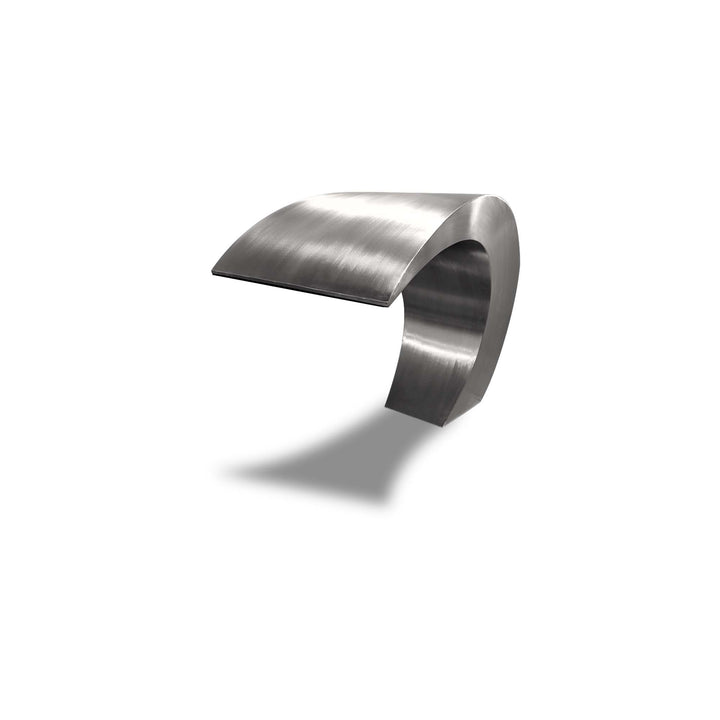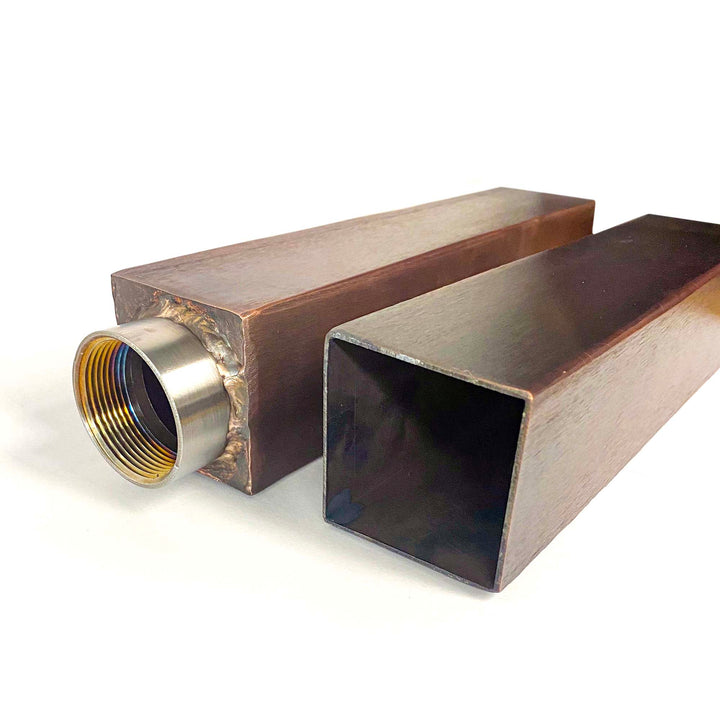Exploring the Varied Types and Versatile Uses of Box Scuppers

Box scuppers, an essential component of drainage systems, play a pivotal role in preventing water accumulation and ensuring the structural integrity of buildings. These functional devices come in a range of types, each tailored to specific purposes and environments. Understanding the different types and their uses can lead to more effective drainage solutions and enhanced building performance.
1. Parapet Box Scuppers: Designed to be installed on the parapet walls of flat roofs, parapet box scuppers facilitate the efficient drainage of rainwater from the roof surface. These scuppers are strategically positioned to prevent water from pooling, thereby reducing the risk of leaks and water damage.
2. Roof Edge Box Scuppers: Roof edge box scuppers are positioned along the outer edges of flat roofs, directing water away from the roof's perimeter. This type of scupper is particularly effective in preventing water from infiltrating the building's walls and foundation, safeguarding against potential structural issues.
3. Overflow Box Scuppers: Overflow box scuppers are an essential component in managing excessive water flow during heavy rainfall. They are designed to divert water away from roofs that might otherwise become overwhelmed with water volume, protecting against potential roof damage and overloading of drainage systems.
4. Ground-Level Box Scuppers: Ground-level box scuppers are often found in areas with high pedestrian traffic or outdoor living spaces. They are positioned at ground level or slightly above to prevent water accumulation on walkways, patios, or decks, ensuring a safe and dry environment.
5. Retaining Wall Box Scuppers: Retaining wall box scuppers are integrated into retaining walls to manage water drainage in areas where elevation changes occur. They help prevent soil erosion and water buildup behind the retaining wall, maintaining its stability over time.
6. Landscape Box Scuppers: Landscape box scuppers are used in landscaping projects to manage water runoff and prevent erosion in garden beds, planters, and other landscaped areas. They can be concealed within the design for a seamless aesthetic.

7. Interior Box Scuppers: Interior box scuppers are often used in commercial and industrial settings to direct water away from indoor spaces, preventing water damage and maintaining a safe working environment.
Incorporating the appropriate type of box scupper into a building's design can make a significant difference in its long-term durability and functionality. These scuppers not only prevent water-related issues but also contribute to the overall aesthetics of a structure by effectively managing water drainage without compromising its architectural appeal. From flat roofs to landscape features, box scuppers serve as a testament to the importance of thoughtful and purpose-driven drainage solutions in construction and design.

